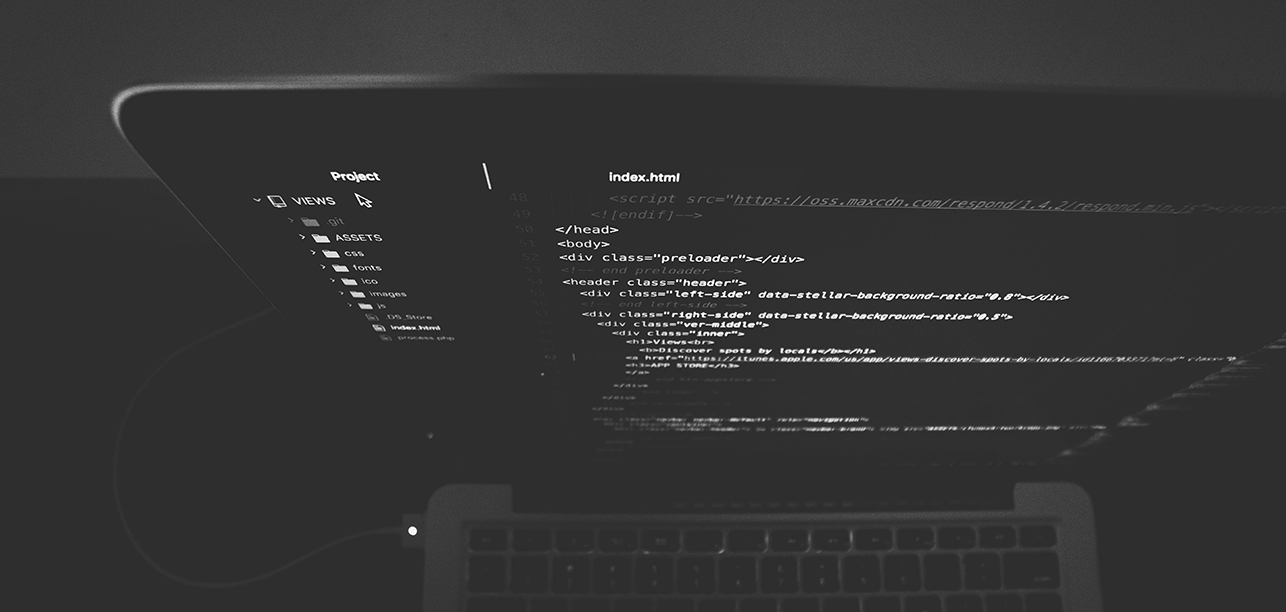
 Did you know the utilization of the cooling and power infrastructure in some data centers or network rooms is typically around 50 – 60% and that it may stay that way for the entire life of the data center? Since the relationship you have with your colocation or data center provider is one that will most likely last a while, these inefficiencies can represent challenges to you, the IT professional. For example, as servers and storage devices require extra computing power, more resources are needed to cool and power the data center. A provider that offers maximum efficiency will be in your best interest as they can provide advanced scalability and high-density solutions. The good news is the unused capacity of data centers is an avoidable capital cost, and it also represents avoidable operating costs from a maintenance and energy standpoint. One of the main ways this is achieved is through scalability and modular designs.
Did you know the utilization of the cooling and power infrastructure in some data centers or network rooms is typically around 50 – 60% and that it may stay that way for the entire life of the data center? Since the relationship you have with your colocation or data center provider is one that will most likely last a while, these inefficiencies can represent challenges to you, the IT professional. For example, as servers and storage devices require extra computing power, more resources are needed to cool and power the data center. A provider that offers maximum efficiency will be in your best interest as they can provide advanced scalability and high-density solutions. The good news is the unused capacity of data centers is an avoidable capital cost, and it also represents avoidable operating costs from a maintenance and energy standpoint. One of the main ways this is achieved is through scalability and modular designs.
Let’s take a UPS (Uninterruptible Power Supply) as an example of how modularity and scalability can increase efficiencies. With a scalable UPS, power is provisioned for what is required today which means the UPS runs at a higher efficiency. Later, as a tenant increases their IT load, more UPS modules can be added to meet the increased load. A scalable UPS also ensures that power is never stranded. For example, if the average rack density in a data center were very low, it’s possible that the colocation service provider could sell out of all available space. If this were to happen, a scalable UPS allows a provider the flexibility to build more space and increase the UPS capacity to support the new space. Tenants also have the flexibility to increase their average rack density knowing that more UPS capacity can be provisioned.
Row-based cooling is another example of how modularity increases efficiency and provides flexibility to tenants. Room-based cooling typically provides a base-cooling capacity for data centers up to about 6kW/rack. When tenants choose to increase their IT rack density, they have the ability to meet that cooling requirement using row-based cooling which places the cooling unit adjacent to the IT equipment. Not only is this efficient, but it also provides predictable cooling for high-density loads. Increasing rack density also provides a lower cost per rack and increases ROI. Colocation providers that have designed their chilled water piping to support row-based cooling units can quickly provision row-based cooling for high-density racks.
So what are the right questions to ask a potential provider to make sure they maximize their resources?
- Are scalable UPS systems used to quickly provision new power capacity?
- What is the full load efficiency of the UPS system?
- Is the chilled water distribution piping provisioned for row-based cooling units?
- What is the maximum supported rack density?
- Are hot and cold air streams managed to avoid air mixing, which reduces cooling capacity?
- Is a capacity management system used to keep power and cooling capacity in line with IT load demand?
The folks at Internap are no strangers to modular design. In fact, their Dallas data center utilizes Schneider Electric’s Symmetra MegaWatt, a modular UPS solution that will allow their facility to keep efficiency levels high while growing over 50,000 square feet. Check out Internap’s Colocation Buyer’s Guide for more information on modular design and other questions to ask when choosing the right data center provider for your business needs.
About Schneider Electric
As a global specialist in energy management with operations in more than 100 countries, Schneider Electric offers integrated solutions across multiple market segments, including leadership positions in Utilities & Infrastructures, Industries & Machine Manufacturers, Non-residential Buildings, Data Centers & Networks and Residential. Focused on making energy safe, reliable, efficient, productive and green, the company’s 130,000 plus employees achieved sales of about 31 billion US dollars (22.4 billion euros) in 2011, through an active commitment to help individuals and organizations make the most of their energy.


